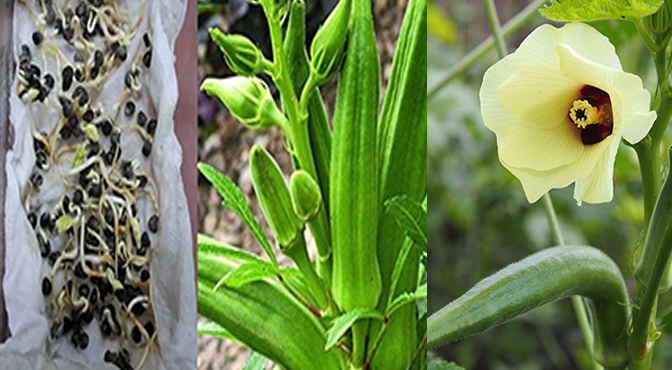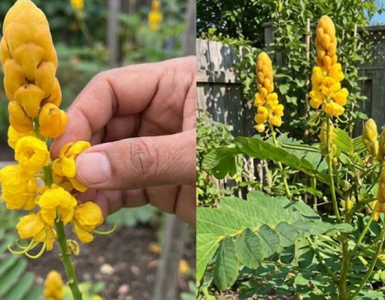Okra, known for its versatility in the kitchen and its resilience in various climates, is a beloved addition to many home gardens. Cultivating this nutritious and fast-growing plant comes with a few essential strategies that can ensure a bountiful harvest. Here are the swiftest secrets to maximizing the growth of your okra plants:
1.Selecting the Right Varieties:
Choose okra varieties suited to your climate and gardening space. Some varieties thrive in hot climates, while others are more adaptable to cooler conditions. Look for disease-resistant varieties for a healthier crop.
2.Ideal Planting Time and Location:
Timing: Plant okra seeds or seedlings after the threat of frost has passed and soil temperatures consistently reach around 65-70°F (18-21°C).
Sunlight: Okra loves full sunlight. Ensure your planting location receives at least 6-8 hours of direct sunlight daily.
3.Preparing the Soil:
Well-Draining Soil: Okra grows best in well-draining soil. Amend heavy or clay soil with compost or organic matter to improve drainage.
pH Levels: Aim for a soil pH between 6.0 and 7.0 for optimal growth.
4.Planting Techniques:
Spacing: Plant okra seeds or seedlings 12-18 inches apart in rows that are 3 feet apart to allow ample space for growth.
Depth: Plant seeds about 1 inch deep in the soil and water gently after planting.
5.Watering and Maintenance:
Consistent Watering: Okra requires consistent moisture, especially during its initial growth phase. Water deeply once a week, ensuring the soil stays evenly moist but not waterlogged.
Mulching: Mulch around okra plants to retain soil moisture and suppress weeds.
6.Fertilization:
Balanced Fertilizer: Use a balanced fertilizer with a higher phosphorus content to promote flowering and fruiting. Apply fertilizer according to package instructions, usually at planting and during the growing season.
7.Pest and Disease Management:
Monitor Regularly: Check plants frequently for pests like aphids, caterpillars, and mites. Address any issues promptly to prevent infestations.
Preventive Measures: Proper spacing, good air circulation, and healthy soil can help prevent common diseases like root rot and fungal infections.
8.Harvesting Okra:
Timing: Harvest okra pods when they are young and tender, usually around 3-4 inches in length. Regular harvesting encourages continued production.
Cultivating optimal okra growth requires attention to specific details from planting to harvest. By ensuring the right conditions in terms of soil, water, sunlight, and pest management, you can enjoy a thriving okra crop in your garden. Implement these swift tips to unlock the secrets for robust and fruitful okra plants, and soon you’ll be enjoying a harvest of fresh, delicious pods from your own backyard.






Add comment